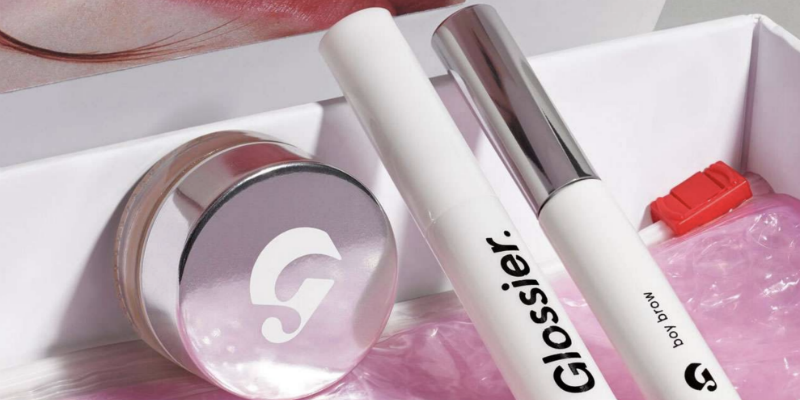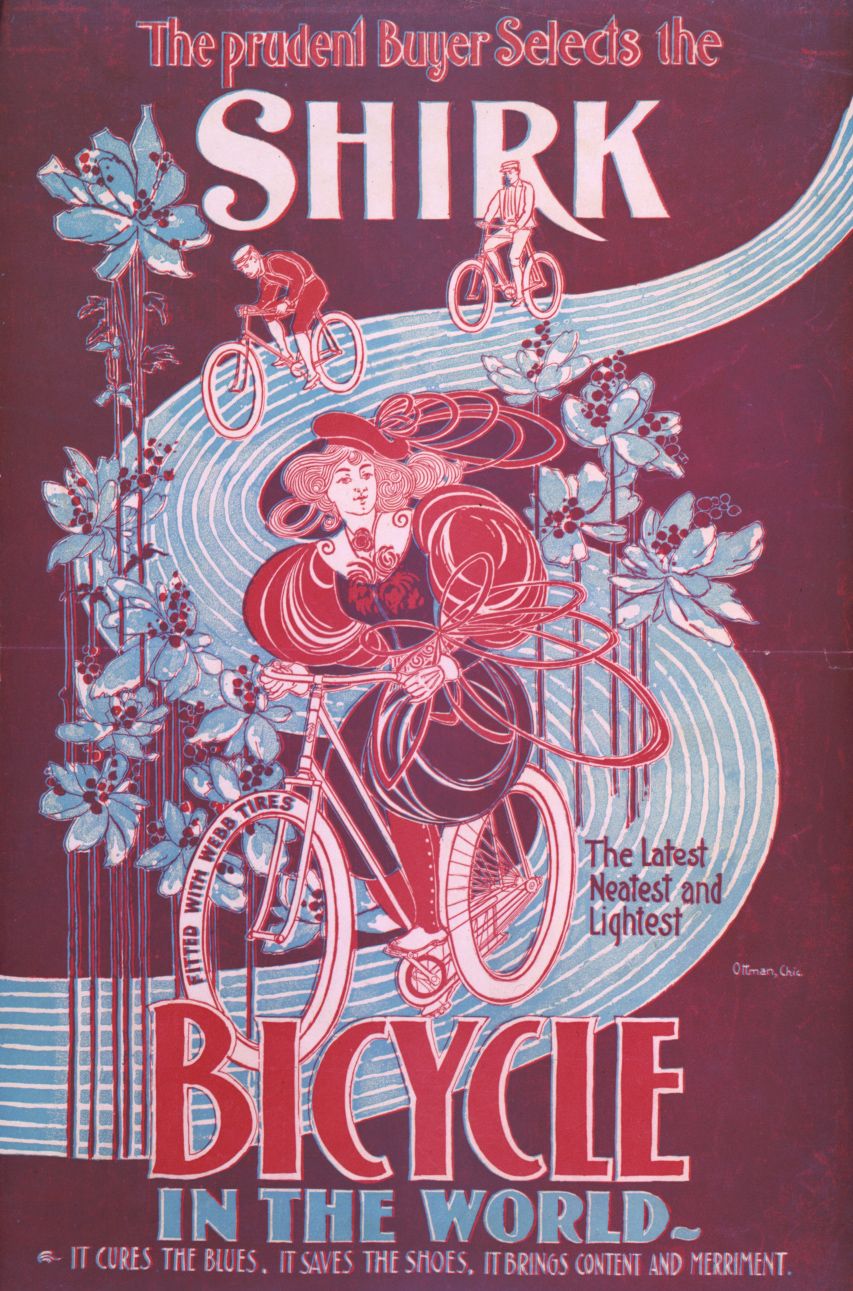 Listen
Listen
Storytelling for Modern Content Marketing (Part 2)
A great writer once wrote, “‘Easy reading is damn hard writing.’ And there we have one of the main messages in today’s Listen. A lot of truth bombs being dropped in this one….”
If that sounds familiar, it’s because we just copied/pasted it from one of last week’s Carnage. Why? Because that was the intro for Part 1 of this podcast. Today, we’ve got Part 2.
If you remember from last week, Part 1 of this podcast was all about using storytelling in modern marketing. Storytelling is essential in marketing because it helps your audience connect with you. Sure, data reports are useful, but people really want to read the story behind that data. That’s what Part 2 is all about—using data to tell an amazing story.
Let’s get into it…
- (02:26) How data fits into the art of storytelling (it definitely does!)
- (04:10) Constraints actually unleash our creativity. For example, if someone asks you to write a poem, that’s tough. But if someone asks you to write a haiku, that’s a little easier.
- (05:12) Data is what puts you on the path to creating an amazing story that connects with your audience.
- (05:44) Need a book on this topic? Read The Creative Curve (it’s actually not out yet).
- (07:28) Not creative? No problem! Creativity is a learned skill!
- (10:10) Don’t be afraid to try storytelling and fail. Failure is part of learning how to tell effective stories. Take cues from your audience to learn.
- (12:25) Don’t get too attached to one piece of content. Just produce, get better, produce again.
- (13:24) A simple formula to creating an audience that loves you.
- (17:40) The brands who are obsessed with building an audience are the ones who try new things and optimize off of them.
Oh, and if you’re looking for another book to read, the guys at Contently just released The Storytelling Edge.
Last thing—if you missed Part 1, get it here.
 Read
Read
The Glossier Marketing Machine: A $100 Million Business That’s Disrupting the Beauty Industry
Between the two writers of the Carnage, one of them is obsessed with Glossier. Yeah, it’s ya girl, Jordyn. (Shout out to “Boy Brow” for changing my eyebrow game forever.)
Since its 2014 launch, the brand has evolved into a digital marketing machine. And it all started when Glossier’s founder and CEO, Emily Weiss turned her blog, Into the Gloss, into a brand that continues to disrupt the beauty industry as we know it.
Today’s Read is showing you exactly how Glossier grew from that insightful beauty blog to a content-first company that’s rewriting the brand building playbook. One-part story time, one-part marketing takeaways.
Let’s start with a little background on Glossier:
In 2010, Weiss launched Into the Gloss, which demystified many aspects of the beauty industry. Before our current era of YouTube vloggers and the “Insta-famous,” the $250-billion industry wasn’t so accessible. There was a huge need for real experiences shared by real people. Into the Gloss focused on dismantling the illusion of perfection by featuring celebrity interviews and product reviews. The result was a site that brought a vulnerability to beauty routines and an intimate connection with celebrities and “beauty bosses.”
What Makes Glossier So Successful?
Aside from turning the idea of the beauty routine on its head, Glossier has applied some clear strategies to grow its beauty brand into one of the best on Instagram. Here are just a few:
- Get customers to connect with your brand by association with other everyday objects. The brand’s use of its signature washed-out pink, dubbed “Glossier Pink” has become so iconic, that fans use the #glossierpink hashtag when they see the color elsewhere.
- Use your products as your content. Customers buy the products, photograph them (or photograph themselves using them or the result of using them), then share them on social media. To further encourage this kind of engagement, shipments come with sheets of branded stickers. Not to mention, the logo and packaging are highly photogenic.
- Encourage customers to use branded hashtags for a shot at getting featured. We should all know the importance of hashtag strategy by now. Hashtags make it easy for fans to find and share content. Plus, it helps you and your team find the best user-generated content.
- Leverage user-generated content of celebrities and regular people. The Glossier team actually scrolls through thousands of tagged photos to feature their next “real girl” models. The team also comments on all tagged photos, further revealing to their fans that Glossier engages with customer photos. This, of course, strengthens the inclusivity and realness of their community.
More Glossier-inspired strategies ahead.
 Watch
Watch
Just (Make Google) Do It
If you tuned into the Oscars last Sunday, you may have seen a series of ads from Google with cameos from John Legend, Kevin Durant, and Sia. You may have also seen Timothée Chalamet get straight up robbed for best actor. (← Call Me By Your Name Spoiler)
Anyway, moving on. But only because Mark is like, “Jordyn, give it a REST already.” #Justice4Timothée2018
On the lighter side of the Oscars, these Google spots are all jokes. We see a heap of situations in which our stars need assistance—from jotting down reminders and grocery lists to recording an inspired song. But when your hands are full or you can’t see your phone, that’s when a little “Okay, Google…” goes a long way.
Breaking up with your SO, however? Google says that’s on you.


